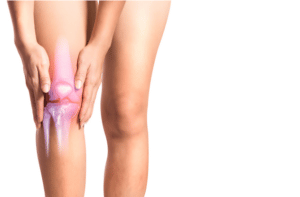
Most people can expect to recover from a torn ACL in six to nine months.
While torn ACL is a common injury, it catches many by surprise. As a result, they are uncertain of how the rehab and recovery process works for the injury.
If you have suffered an ACL injury and are unsure of what to expect during your recovery, here are a few tips to help you on your healing journey.
How Is An ACL Injury Diagnosed?
If you have injured your knee, get medical attention immediately. A medical professional usually orders an MRI or Magnetic Resonance Image for a detailed look at your knee tissue.
If your knee has suffered any structural damage, the MRI will confirm it in addition to the severity.
Kinds of ACL Injuries
There is more to an ACL injury than simply tearing the ligament. The ACL can also be sprained, and these sprains receive grades based on their severity. Less severe sprains, such as a grade 1 sprain, are when the ACL gets stretched too far. This is not a tear and doesn’t require surgery. A grade 2 sprain means there is a partial tear in your ACL and a grade 3 sprain is a complete tear of the ACL, and reconstructive surgery is required.
Initial Treatment
After tearing your ACL, it’s crucial to avoid putting weight on your knee. Icing your knee in 20-minute intervals, compressing the area, and keeping the knee elevated will help with swelling.
During this time, you might be prescribed pain medication as well. Be sure to take it as recommended by your doctor.
Rehabbing a Torn ACL
Rehabbing a torn ACL is a long and challenging process and can look different based on your doctor’s recommendations.
If you do not have knee surgery, your rehab will most likely consist of exercises to restore strength, agility, and balance. The goals of Progressive physical therapy are to restore stability, and range of motion, and to strengthen muscles around the knee.
If you do not have knee surgery, your rehab will most likely consist of exercises to restore strength, agility, and balance. Your physical therapist may also teach you techniques to alter your physical activity to avoid over-working the knee.
If you are an athlete, your physical therapist designs a plan to get you back to competing which may include:
- Running (about 5-8 months after surgery)
- Jumping
- Cutting drills
- And pivoting drills
7-12 months after your surgery, it’s possible for you to begin practicing again. However, this depends on consulting your doctor and physical therapist and how your body has responded to physical therapy.
Are you looking to learn more about treating a torn ACL? Our team at Orthopedic Associates of Long Island is happy to help! Schedule a consultation by giving our office a call at 631.689.6698.